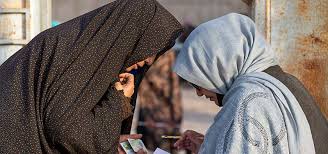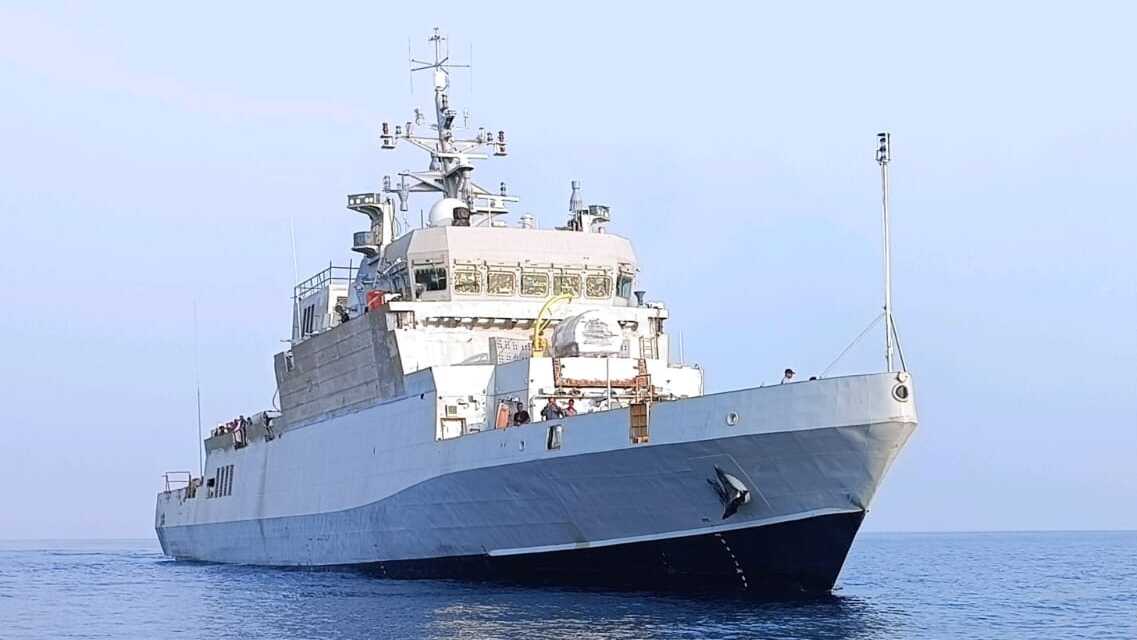- Courses
- GS Full Course 1 Year
- GS Full Course 2 Year
- GS Full Course 3 Year
- GS Full Course Till Selection
- Online Program
- GS Recorded Course
- NCERT (Recorded 500+ Hours)
- Polity Recorded Course
- Geography Recorded Course
- Economy Recorded Course
- AMAC Recorded Course
- Modern India, Post Independence & World History
- Environment Recoded Course
- Governance Recoded Course
- Science & Tech. Recoded Course
- International Relations and Internal Security Recorded Course
- Disaster Management Module Course
- Ethics Recoded Course
- Essay Recoded Course
- Current Affairs Recoded Course
- CSAT
- 5 LAYERED ARJUNA Mentorship
- Public Administration Optional
- ABOUT US
- OUR TOPPERS
- TEST SERIES
- FREE STUDY MATERIAL
- VIDEOS
- CONTACT US
UNESCAP ASIA PACIFIC SDG PROGRESS REPORT 2024
UNESCAP ASIA PACIFIC SDG PROGRESS REPORT 2024
In February 2024, The Asia and the Pacific SDG Progress Report 2024 was released by the United Nations Economic and Social Commission for Asia and the Pacific (UNESCAP).
Understanding Asia and the Pacific SDG Progress Report
- The Asia and the Pacific SDG Progress Report is a significant annual publication produced by the UNESCAP.
- This report offers a comprehensive assessment of the progress made towards achieving the Sustainable Development Goals (SDGs) in the region.
Key Highlights of the Report
This report highlights success stories, trends, and the unique challenges faced across different parts of the region as they work towards achieving the Sustainable Development Goals (SDGs).
-
Current Progress and Trajectory
- Progress Lag: Asia-Pacific is not on track to meet any of the 17 SDGs by 2030; estimates suggest achievement by 2062.
- Uneven Progress: Only one-third of necessary progress expected by 2030; average progress as of 2023 is 17%.
- Challenges: Global context, including the COVID-19 pandemic and ongoing crises, hinders progress.
-
Positive Trends and Challenges by Goal
- Poverty Eradication (Goal 1) and Infrastructure (Goal 9):
- Substantial progress since 2015 but insufficient to meet targets.
- Notable contributions from resilient infrastructure and improved access to technology.
- Areas Requiring Attention:
- Hunger (Goal 2), Health (Goal 3), Clean Water (Goal 6), Clean Energy (Goal 7), Sustainable Cities (Goal 11).
- Climate Action (Goal 13) Urgency:
- Immediate priority due to ongoing regression.
- Need for robust measures integrated into national policies.
- Economic Growth and Decent Work (Goal 8):
- Urgent actions needed to support economic growth and employment.
- Other Critical Goals (12, 14, 15, 17):
- Require heightened attention and concerted efforts for substantive improvements.
- Poverty Eradication (Goal 1) and Infrastructure (Goal 9):
-
India's Progress on SDGs:
- Overall Score Improvement:
- India's overall SDG score has shown a significant improvement.
- The score has risen by 6 points from 2019 to 2020-21.
- It now stands at 66, indicating progress in achieving Sustainable Development Goals.
- Notable Achievements:
- Goal 6 (Clean Water and Sanitation):
- India has made remarkable progress in ensuring clean water and sanitation.
- Achieved a composite goal score of 83, reflecting substantial advancement in this area.
- Goal 7 (Affordable and Clean Energy):
- India has also excelled in providing affordable and clean energy solutions.
- Achieved a composite goal score of 92, demonstrating significant strides towards sustainable energy access.
- Goal 6 (Clean Water and Sanitation):
- Overall Score Improvement:
-
Special Situations and Vulnerable Groups
- Small Island Developing States (SIDS):
- Encounter notable difficulties and setbacks, notably worsened by the pandemic.
- Slow progress compared to other countries in special situations.
- Gender, Urbanization, Education, Age, and Income:
- Women and girls face challenges in accessing education and employment.
- Location plays a crucial role in poverty and inequality levels.
- Urban areas show better conditions but also present challenges for the poorest.
- Small Island Developing States (SIDS):
Challenges |
Solutions |
|
|
|
|
|
|
|
|
|
|
|
|
|
|
|
About the United Nations Economic and Social Commission for Asia and the Pacific (UNESCAP)
|
Conclusion
The Asia-Pacific SDG Progress Report 2024 highlights significant challenges in achieving the 2030 Agenda, with current estimates projecting a delay until 2062. Urgent action, including improved data systems and policy reforms, is necessary to accelerate progress, especially for vulnerable groups and small island developing States
Must Check: Best IAS Coaching In Delh



